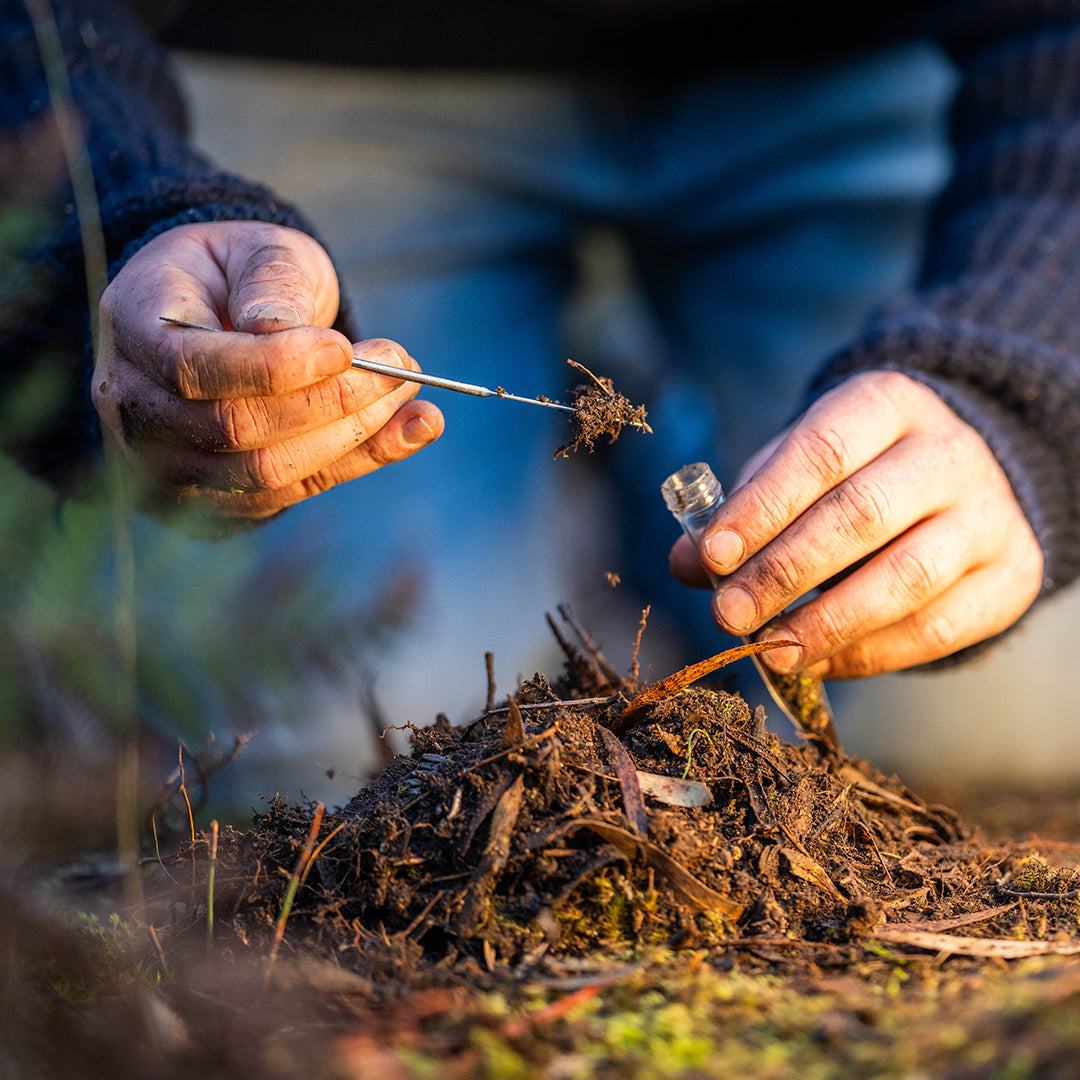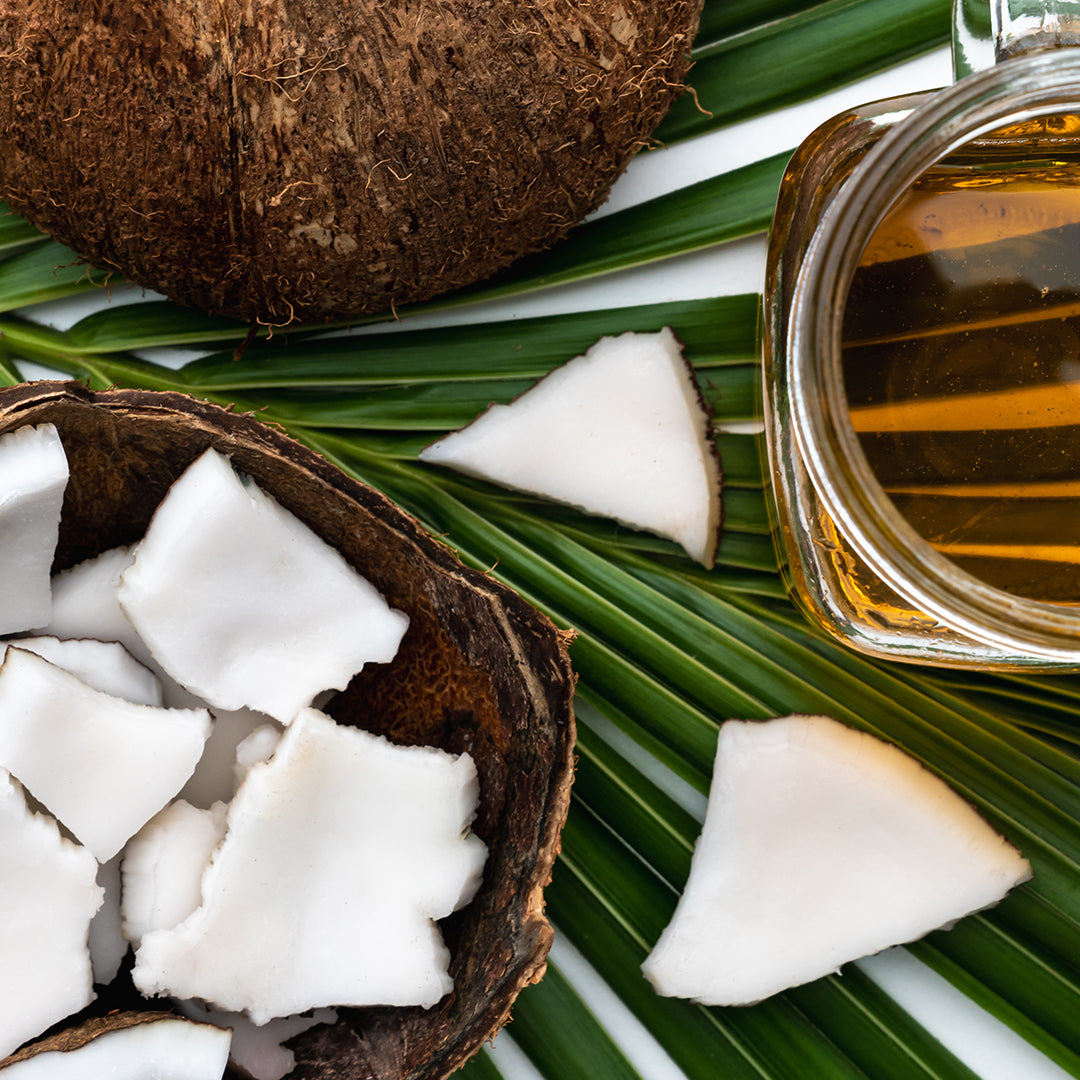What Is Climate Change?
Let’s start with the basics: climate change isn’t weather. It’s not about a rainy week or an unseasonal cold snap. Climate refers to long-term patterns—average temperature, rainfall, and seasonal rhythms over a long period. We’re talking decades, not days.
So when we talk about climate change, we mean a global shift in those patterns, across continents, oceans, and time. While Earth’s climate has always evolved—thanks to natural causes like volcanic activity and solar cycles—what we’re seeing now is happening at record speed. And that speed? It’s human-driven.
Over the past 100 years, especially since the industrial revolution, we’ve seen a sharp rise in global annual temperatures, a change so significant it’s disrupting weather systems, agriculture, infrastructure, and ecosystems worldwide. It’s not just warmer summers. It’s water scarcity, rising sea levels, and food production under threat.
Causes of Climate Change
Natural Causes
Historically, shifts in the Earth’s climate have occurred due to volcanic eruptions, changes in solar radiation, and the slow tilt of our planet’s axis. These pre-industrial period changes unfolded over thousands—sometimes millions—of years, giving the planet time to adapt.
But that’s not what’s happening now.
Human Activities Driving Climate Change
Since the mid-20th century, human activities have become the primary disruptor of the climate system. The main culprit? Our dependence on burning fossil fuels—coal, oil, and gas—which releases large amounts of atmospheric carbon dioxide and methane emissions into the air.
These gases act like an extra layer of insulation around Earth, blocking heat from escaping and leading to a steady global temperature rise. This effect is worsened by deforestation, industrial agriculture, and energy-intensive industries. We've thrown the system off balance—and the atmosphere is showing the strain.
The Greenhouse Effect Explained
The greenhouse effect is a natural process, and it’s part of what makes Earth livable. It works like this: solar radiation reaches Earth, and while some of it reflects back into space, the rest is absorbed and then re-radiated by heat-trapping greenhouse gases like carbon dioxide and methane. This keeps our average temperature in a comfortable range.
The issue isn’t the process itself—it’s that we’ve supercharged it. By increasing CO2 concentrations, we’re trapping more heat than the planet can handle, sending the global average temperature steadily upward. Over the last century, we’ve already passed the one-degree mark. A 2-degree rise may not sound like much, but in climate terms, it’s catastrophic.
Impacts of Climate Change
Environmental Impacts
Climate change is already transforming ecosystems. Ice sheets and glacial ice are melting. Mountain glaciers are disappearing. Sea levels are creeping higher, putting coastal communities at risk.
The oceans are changing too. As more carbon dioxide is absorbed by seawater, ocean acidification increases, damaging coral reefs and threatening marine life. Species are shifting their geographic range, moving to cooler waters or higher altitudes to survive. Some can adapt. Many can’t.
And it doesn’t stop there—fresh water sources are drying up, damage to ecosystems is accelerating, and biodiversity loss is growing harder to reverse.
Extreme Weather Events
One of the most visible signs of climate change is the rise in extreme weather events. Think longer heat waves, more intense droughts, and stronger tropical storms. These weather-related events are no longer rare—they’re the new normal.
In the western United States, hot weather and megadroughts are putting unprecedented pressure on resources and infrastructure. Flooding is increasing elsewhere. Entire energy systems are being stressed by demand during extreme heat and cold.
Human Health and Societal Effects
This isn’t just about the planet—it’s about people. Rising temperatures are directly impacting human health. Heat stress is becoming more common, especially in urban centers. Air pollution is getting worse. And climate-related pressures are contributing to poor nutrition in communities already facing food insecurity.
In developing countries, where adaptation resources are limited, the consequences are even more severe: water scarcity, reduced crop yields, and displacement from land made uninhabitable. Climate change is already deepening inequality—and its impact is only projected to grow.
Climate Change in the United States
The United States is no exception. Coastal regions are facing sea-level rise and stronger hurricanes. The western United States is grappling with historic wildfires and chronic drought. Infrastructure built for a different era is under strain. And communities—especially those with fewer resources—are feeling the pressure of these climate impacts firsthand.
Future Projections and Scenarios
If global emissions continue on their current path, we’re on track for a global temperature rise of more than 2 degrees Celsius in the coming decades. That may sound small, but for climate scientists, it’s the red zone.
The last decade was the warmest on record. Recent decades have shown a clear pattern: more emissions, more warming, more consequences. But there’s still a window of opportunity. With aggressive action, we can slow the temperature rise and shift the trajectory of future climate change.
Mitigation and Adaptation Strategies
Mitigation Efforts
Cutting emissions is the most direct path forward. That means investing in new technology, shifting to low-carbon energy systems, and supporting climate action at every level—from government policy to everyday decisions. We also need better use of climate data to inform planning, investments, and accountability.
Adaptation Measures
We also need to adapt. That looks like building smarter cities, reinforcing infrastructure, and investing in resilience education. It means exploring different ways to prepare vulnerable populations—especially the more than half of the global population now living in urban areas—for what’s coming next.
The Path Forward
Let’s be honest: climate change is overwhelming. But it’s not hopeless. And it’s not out of your hands.
You can take action by voting for leaders who prioritise the planet. You can shop with intention. You can choose to buy less. Support developing countries and indigenous communities on the frontlines of the crisis. Learn. Talk about it. Volunteer. Speak up.
Progress isn’t perfection—it’s momentum. And every little bit counts.
Our Impact
At Ethique Beauty, sustainability isn’t a marketing angle—it’s our reason for being. From plastic-free products to responsible carbon footprint operations, we’re committed to reducing our impact and helping you do the same.
Every bar, every bottle saved, every tree planted—it adds up. And we track it all, in full transparency. If you want to see exactly how we’re making a difference, dive into our latest Impact Report.
Read our 2024 Impact Report

 Impact
Impact Blog
Blog Store Locator
Store Locator


